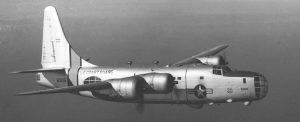
Consolidated P4Y-2G “Privateer” (1945)
The first six PB4Y-2aircraft were obtained beginning in 1945, They were used as support aircraft for the Coast Guard Loran Stations throughout the Pacific. Originally

The first six PB4Y-2aircraft were obtained beginning in 1945, They were used as support aircraft for the Coast Guard Loran Stations throughout the Pacific. Originally
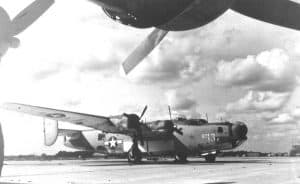
PB4Y-2 with locally fabricated nose blister L – R: Bishop ARM1, Apple AMM1 ADAMS AOC, xxxxxxx, Yeager AMM1 — On 12 July 1945 VPB-6 (CG)
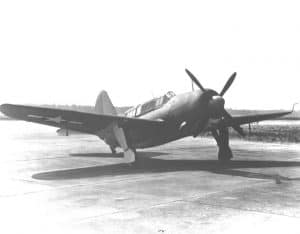
Three SB2C aircraft were based at Coast Guard Air station San Diego. They were used for Air rescue operations. The speed provided rapid delivery of
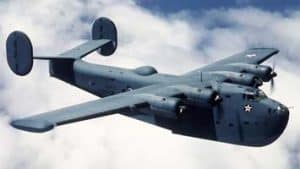
In April 1942, Coast Guard Air Station San Francisco was assigned to the operational control of the Commander, Western Sea Frontier, U. S. Navy. The

The Curtiss SO3C Seamew was developed by the Curtiss-Wright Corporation as a replacement for the SOC Seagull as the United States Navy’s standard floatplane scout.

It was the Army that first recognized the potential of the Sikorsky Helicopter. The YR-4A could not carry much more than the pilot and one
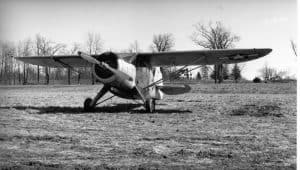
There was six GH-3 Nightingales acquired in mid-1944 for use as proficiency and instrument training aircraft. One crashed. Five were returned to the Navy in
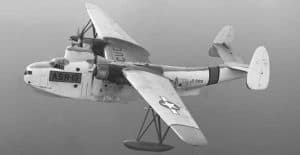
The Coast Guard acquired 27 Martin PBM-3 during the first half of 1943. In late 1944, the service acquired the first group of 41 PBM-5 models
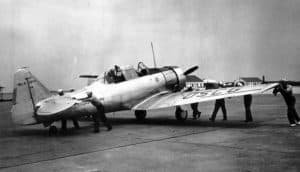
The USCG received 24 USN SNJ-5/-6s beginning in 1943 through 1946. They were assigned to Coast Guard Air Stations (CGAS). They were used as station
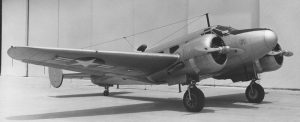
The Coast Guard acquired seven JRB-4 and JRB-5 aircraft between 1943 and 1947 and operated them primarily as transports.